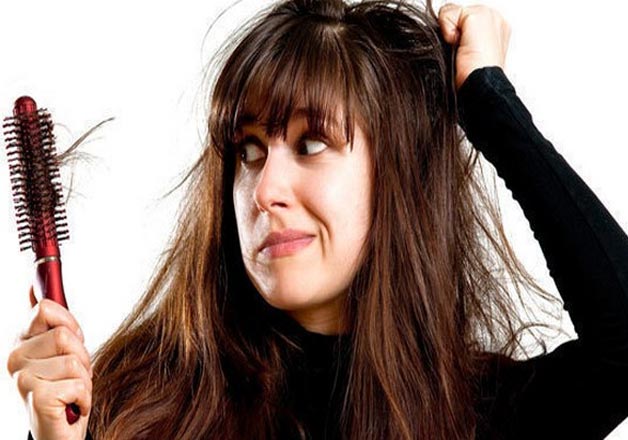Alopecia in Women
What to Know About Hair Loss
One of the conditions that tends to affect men more than women is alopecia, which is when you have hair loss that happens suddenly and leads to patches of missing hair on the top of your head. This is a genetic condition, that can also affect women. Here is what you should know about alopecia and hair loss in women, and how it might be different than when a man suffers from it.
The Cycle of Alopecia
Alopecia begins the same way for both men and women, which is when you start seeing a large amount of hair fall out. Unlike female pattern baldness and other causes of hair loss, it is not usually all over the head. With alopecia in women (and men), you might notice clumps of hair coming out around the crown or front of your head. Some women notice it more along their hairline before the crown of their head, while men often have a round-shaped bald spot at the top of their head.
You may also have hair loss in other parts of your body, which is something many women are not expecting. Sometimes in the beginning, you just notice mild thinning, but over time it becomes more obvious that it is leaving round patches of hair loss on your head.
Who is at a Higher Risk
While anyone can get alopecia, some people are at a higher risk for developing this condition. If you have a parent or other close family member who has alopecia, you are at a higher risk for getting it through genetics. You may also be at a bigger risk if you are prone to allergies, have abnormal shape or texture of your ingernails, or have an autoimmune disease.
What Can Be Done About it
The good news with alopecia is that many women will actually have their hair grow back after a few months. It might not be exactly the same texture as before, but this can cover some of those balding or thinning areas. There are also some other treatment options to consider, including:
Medications – Your doctor may prescribe a medication to be used on the bald patches where your hair is falling out. This includes Minoxidil, which is a topical solution applied to your scalp to stimulate hair growth. There are also other topical ointments, including Anthralin cream and cortisteroid ointments that might help. This also includes special shampoos you can get prescribed to you.
Cortisteroid injections – Injections are typically recommended if the topical medications or special shampoos are not working. This is actually one of the most common ways to treat the condition. For some, it helps to regrow hair, while in others, it just helps to slow down the hair loss process. Talk to your doctor if you are interested in learning more about the injections.
Other Causes of Hair Loss
Not sure you have alopecia? You should know that not all hair loss instances, even at the crown of your head, are from this condition. Many causes can be temporary, which is good news! Some other causes of hair loss include damage to your hair from products or dying it, hormonal changes, scalp infections, or skin disorders. See a doctor to figure out the cause.
